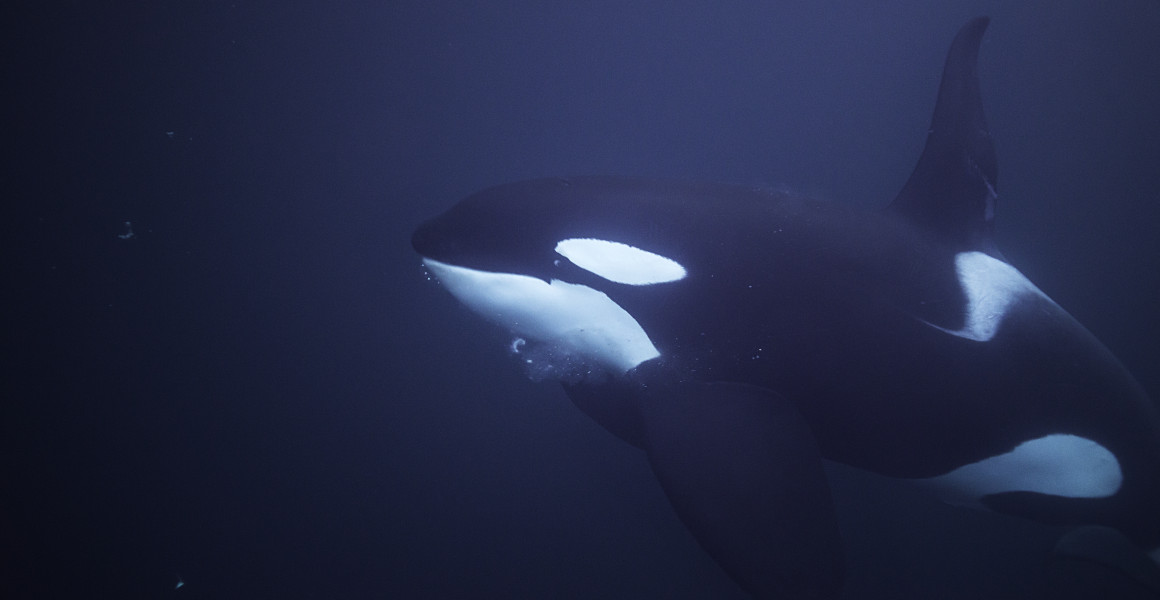
The problem with POPs
Many POPs were first developed in the twentieth century as part of a new wave of synthetic chemicals. At the time, they were seen as groundbreaking new compounds which could be used in stronger pesticides, longer lasting paint, and more fire-resistant furniture.
However, the same properties that made these chemicals so useful came at a cost: they are highly toxic and do not easily break down in nature. Over time, these chemicals leached into our soil, air and rivers, eventually making their way into the ocean.
‘These toxins are initially taken up by plankton at the bottom of the food chain,’ Rosie explains. ‘Unable to be broken down or excreted, these persistent chemicals increase in concentration the further up the food chain they go in a process known as biomagnification.’
‘As apex predators, many marine mammal species consume large amounts of toxins every time they feed, making them some of the most contaminated wildlife species.’
While the effects of these chemicals vary, they are unfailingly harmful. As they build up in the body’s fats, they can damage the reproductive system, the immune system, and hormonal cycles.
When this was recognised in the 1970s, countries began to introduce rules on their use. However, it wasn’t until 2004 that the Stockholm convention came into force which bans or restricts the production and use of the most damaging compounds.
Despite this, the staying power of these chemicals means that marine mammals will remain vulnerable to their impacts for many years to come. Though no death of a marine mammal has ever been directly linked to pollution, the chemicals continue to provide another threat to animals already under pressure from fishing bycatch, noise pollution and climate change.
Every year hundreds of marine mammals end up dying after becoming stranded on the coast of the UK. Many of these animals are reported to the UK’s Cetacean Strandings Investigation Programme, who investigate the events which led up to their death.
As a result of this work, the team have toxicology samples dating back more than 30 years. This is allowing researchers to reveal what impact the pollutants are still having on marine mammals.
